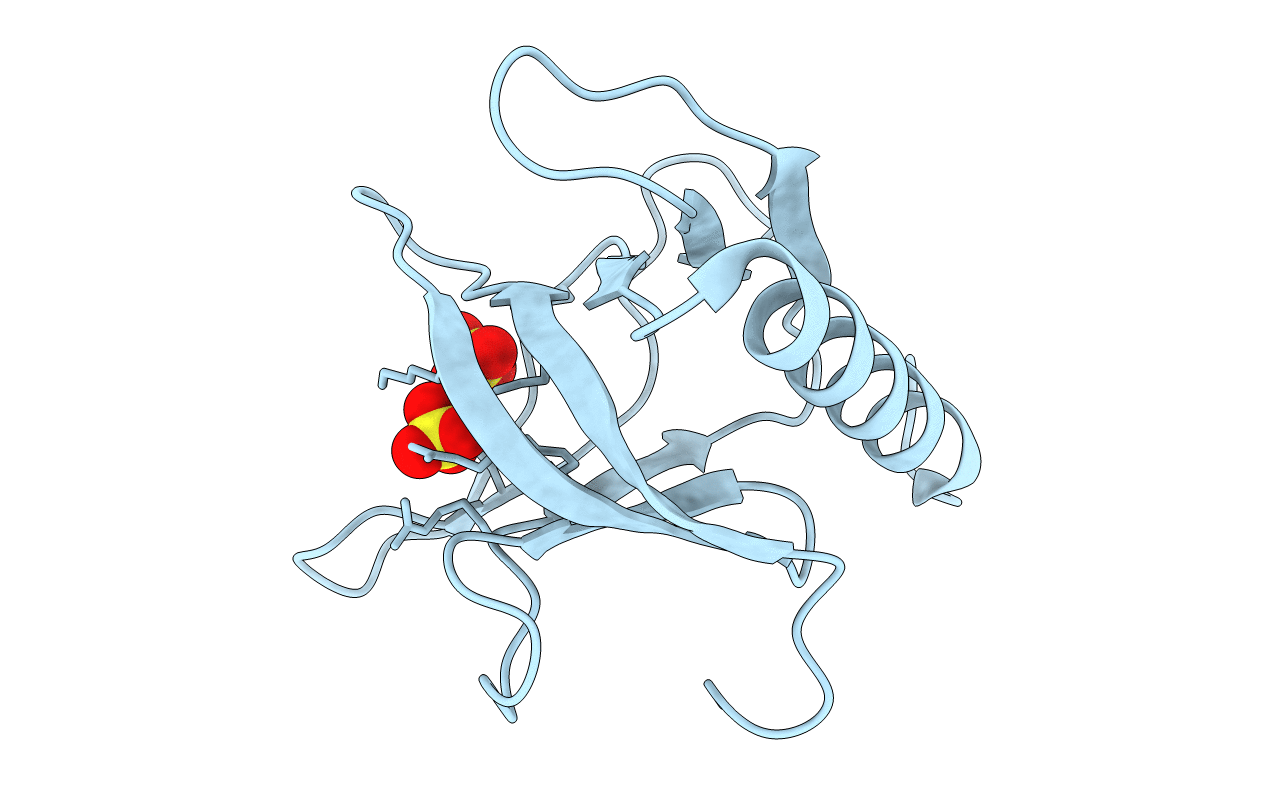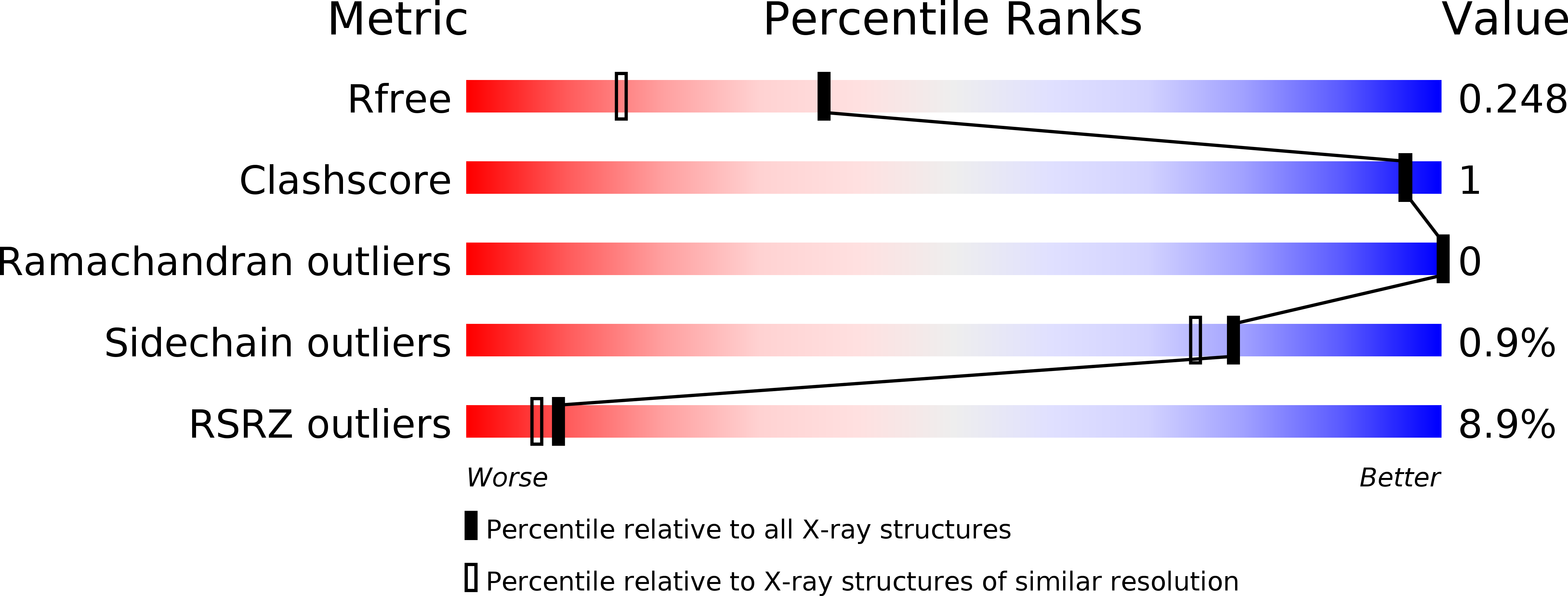
Deposition Date
2004-07-16
Release Date
2005-02-01
Last Version Date
2023-08-23
Entry Detail
PDB ID:
1U2B
Keywords:
Title:
Triglycine variant of the Grp1 Pleckstrin Homology Domain unliganded
Biological Source:
Source Organism:
Mus musculus (Taxon ID: 10090)
Host Organism:
Method Details:
Experimental Method:
Resolution:
1.80 Å
R-Value Free:
0.24
R-Value Work:
0.21
R-Value Observed:
0.21
Space Group:
P 21 21 2


